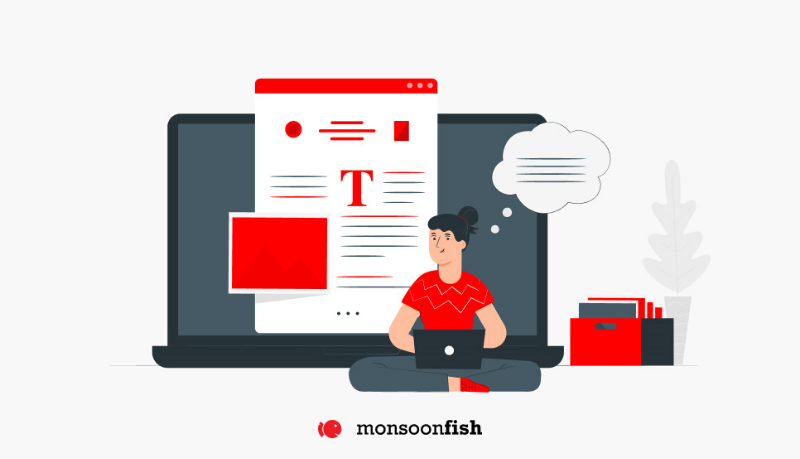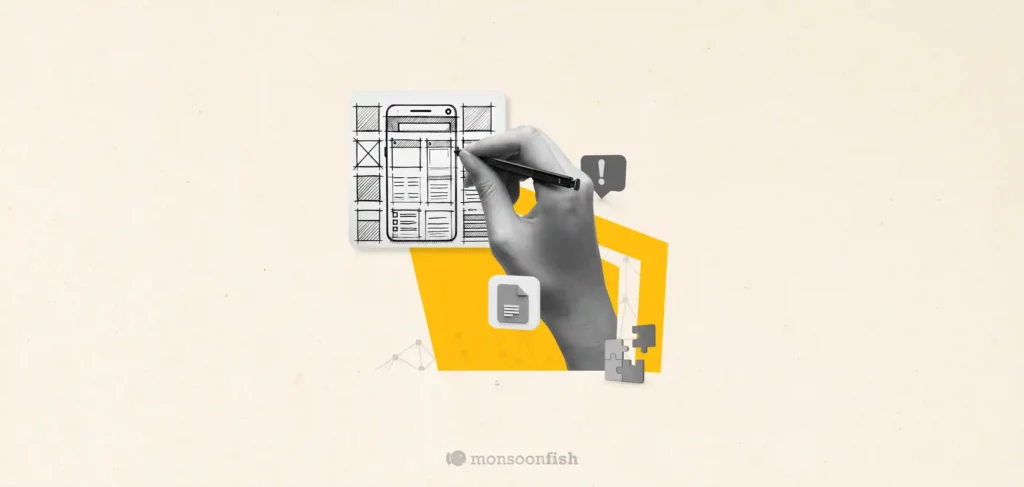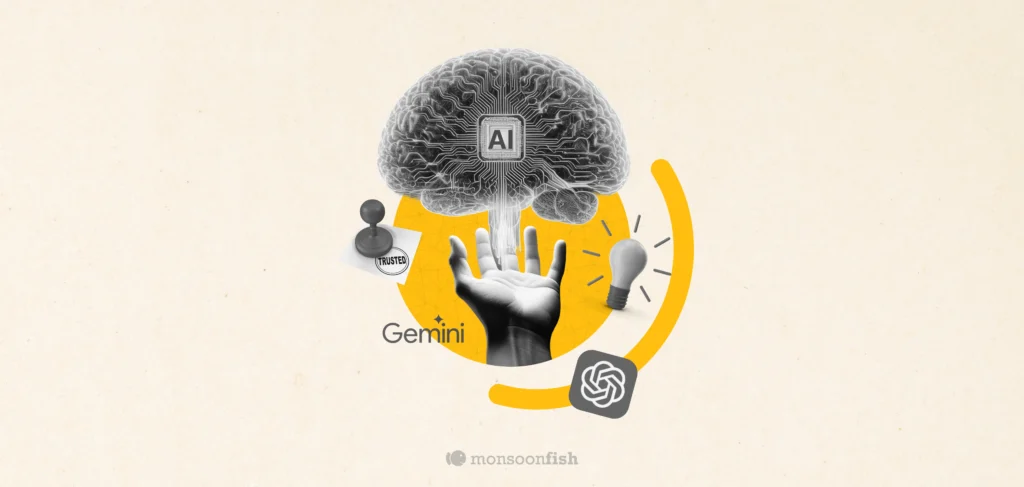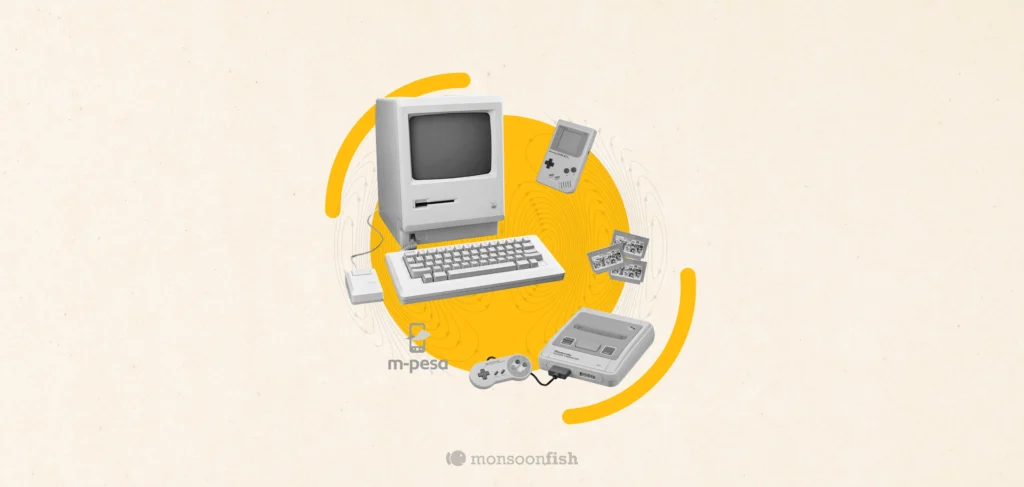The Art and Science of UX Writing
Learn the inner workings, techniques and types of UX writing involved in the design and development of a digital product, in this blog.

UX writing means drafting UX copies as a means for the user to converse with the product. This communication allows the user to have an informed guide throughout the process of using the product. Well crafted UI copies are half the battle won in terms of customer service.
There are times when the language used isn’t at par. UX writing should be consistent and crisp in understanding. From one screen to the next, it should be able to uphold the message perfectly. Be it robotic, conversational, excited, or a calm tone, consistency throughout the process is key. Designers should always make sure that the tone stays the same throughout the user experience.
Optimal understanding of UX writing is the most imperative arrow in any designer’s quiver. Words have the ability to create a virtual experience that etches itself into the user’s mind. What you write is construed as the personality of the product. Unclear and uninspiring writing might give the users a sense that the product itself is uninspiring and unclear.
What Does a UX Writer Do?
Be it a mobile application, software, or a functional website page, UIX writers can draft and create microcopies for all these digital platforms. These pieces of copy are menu labels, buttons, calls-to-action, confirmation and error messages, security notes, etc. The writing process is completely result-oriented. It helps the users to reach a certain desired result via these drafted copies.
Creating impeccable UX copies does not end at consistency. It needs to be typo-free and the writer requires a thorough understanding of the digital product at hand and the end-user that they’re writing for. Intuitive copies always result in the best user experience.
There was a time when software developers and graphic designers used to handle these write-ups. At that point in time, UX writing was considered obsolete or a waste of resources. As a result, the microcopy within the product was often inconsistent and confusing for the user, not to mention that it was sometimes filled with grammar errors and spelling mistakes.
Explore a day in the life of a UX writer- https://www.youtube.com/watch?v=CxBL_QwyWjA
Key Principles of UX Writing
1. Always Use Conversational Language
Keep in mind that when you’re preparing a copy for the user, you are directly conversing with the user. There is an organic conversation between the product and user via these copies. If the words used are unclear or robotic, the conversation will inevitably hit its end when the user feels uninterested in it. So remember to write how you would speak to another human being.
2. Concise Copies are Most Impactful
Writing for digital platforms demands conciseness in communication. Using as few words as possible, and yet delivering the message is the art of a UX writer.
3. The Headlines Should be Descriptive
Headlines can solve half of your problems if they are crisp and descriptive. A good headline has the ability to summarise the entire literature within it. Your message needs to pass on through the headline when the user reads it.
4. Do Not Overwhelm the User with Information
Information is something that needs to be given in parts and parcels to the user. Too much information at an early stage can drive the user away and make them feel overwhelmed. So only reveal details when it’s needed in an experience. This could mean splitting your content or including a find-out link to the full content.
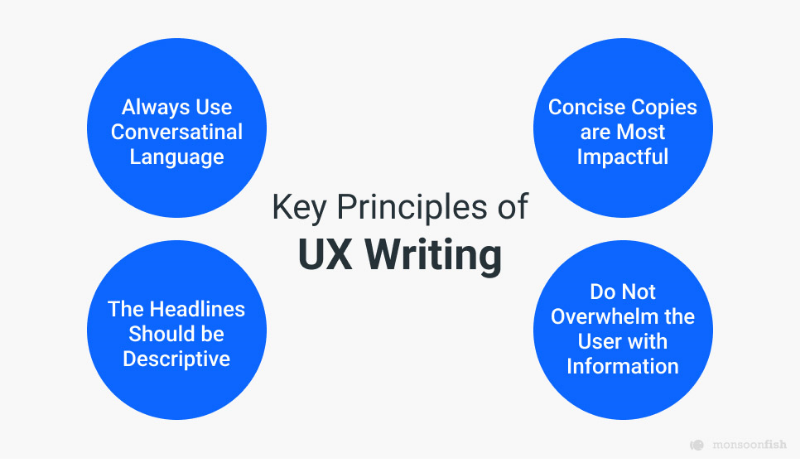
The Importance of UX Writing
When we consider any visual platform, aesthetics and interfaces are the first things that come to mind. Even when talking about copies, the first thing that pops to mind is the visual properties of the text- How the typography will be? How will the alignment of text look? And so on and so forth.
People have recently started realising the interactive components of the text, though. The UX world has now fixated its gaze on the inherent significance and connotations that each text can have on the design and the experience of the end-users. This phenomenon has caused a stir in favour of UX writing throughout the design world.
It may surprise you to learn that the rise of UX writing has paved the path for chatbots, personal AI assistants like Siri and Alexa, and conversational designs that speak to the users as if it’s alive. These visual platforms have become more realistic than virtual with the help of fine UX writing.

How to Hone Your UX Writing Skills?
In an industry that is in constant demand of UX writers for their products, here are some ways in which you can master the craft of UX writing:-
1. A Copywriting Regime May Not be Advisable
What most designers do is design the entire experience and fill it with Lorem Ipsum text for the copywriter to replace. A copywriter’s forte is to promote a particular product or service, not enhance the user experience of a designed product. It would be difficult for a copywriter to make the entire experience user-friendly. He works in a marketing capacity, not in a usability one. So doing this could inevitably cause a lack of understanding and a user-friendly vibe to your product.
UX writing is a different concept altogether. It is primarily concerned with all the other text that may not be fulfilled by a copywriter or a content writer. This means the more extensive pieces that give the users a vivid and easy experience. The knowledge of a UX writer and the research he has done will reflect in the CTA buttons, notification alerts, and the overall writing he does for the product.
If you have a third party that is entirely unaware of the project performing the writing, you will end up with a poor experience.
To further understand the difference between UX writing and copywriting- https://www.youtube.com/watch?v=ErWyIvkCdv8
2. Thoroughly Research Your Target Audience
Every designer knows the importance of conducting in-depth research or analysis before designing a digital product. However, proper crisp writing and content on the platform do not go through such a strict regime. User research for a UX writer is the utmost important thing. He needs to understand the psyche of the consumer in order to draft copies to navigate them. Determining the voice, style and tonality of the user are what need to be done first in the UX writing regime.
Having such copies that resonate with the users’ tonality and personality will have a significant impact on the users and will help them easily navigate through the process. These are the essentials to understand before a UX writer can start drafting his copy.
The data and research are what drive the force of UX writing. Usability and easy access is their preferred working style, casting aside their own tonality while writing.
In the end, the copy is meant to be for the users. It is solely catered to fit their profile and their ease of usability.
3. Cliches Work for UX Writers
Frank Visco once said, “Avoid cliches like the plague.” However, for UX writers, cliches really do work. In fact, they should embrace using cliches in their daily copies. Words like cart, feed, and profile are widely used design terms and people instantly know what they mean. Changing or relabelling these terms will have a negative impact on the ease of usability for the end-users. Use terms that have already been used for similar programs before. Cliches also mean that they’ve been used before and understood, and that’s what UX writers should look for. Do not rename them to something clever or branded as you will confuse the user.

Types of UX Content
There are several types/genres of UX content that can be used while designing or developing a product. The most common of these genres include-
- First-time users onboarding.
- Menu labels, form field labels and lists.
- Buttons and call-to-actions (CTAs).
- Settings labels.
- Contextual help and tooltips.
- Confirmation messages.
- Error messages.
- Security notes.
- In-product marketing (e.g. pop-up ads).
- Chatbot conversation scenarios.
- Legal notices and disclaimers.
The Role of UX Writing in the Design and Development Process
In the research phase, a UX writer is supposed to closely collaborate with the design and development team. It is a team effort that eventually leads to a user-friendly experience. The team, as a singular unit, will focus on the functionality, usability, and accessibility of the final product. When the content team and design team work together on a digital project, the result will give a digital experience that resonates with usability and will attract more and more users.
UX writers bring logical reasoning to the table while viewing the final product. They work closely with developers on confusing interfaces and missing logic in the developed program. UX writers also collaborate with other teams within the organization, such as marketing, legal, and business development, in order to ensure that copy is aligned to brand voice, strengthens product’s UVP, and avoids any legal hassles.
Here’s an anecdote on a product and its design for better understanding- https://monsoonfish.com/an-anecdote-on-product-design-and-roi/
Special Aspects of UX Writing
Using copies to attract customers has been going on for ages. But, using simple language to keep the audience gripped and in place is admirable. Browsing a new website is like going on a trip. You can not embark on a journey without a guide. UX writing is that guide. Just as we do on a real journey, we experience emotions with each tap, click, scroll, and swipe.
The next time you go on a website, make sure to look out for good microscopes and small bits of text on the interface. It will help you navigate and do stuff on the website. It shows care and understanding about our feelings at every step of the user flow.
Summary
A UX writer’s goal is to avoid friction, fix broken language, and satisfy the customer for his digital experience. The customers should leave the page with a smile and a delighted sense of accomplishment. In some cases, it will be very evident when a website or an app has poor UX, but good UX can be subtle.
Read more about UX writers here- https://monsoonfish.com/how-to-focus-on-ux-writing/
CATEGORIES
